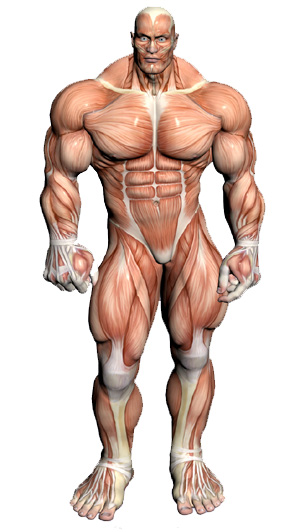
I've learned that muscular system focused in our muscle which means the contractile tissue. I've learned the three different parts of muscular system such as skeletal, smooth, and cardiac. I've learned the terms in the movement of the muscle. And I've leraned also how the myosin binds with the actin while you are doing the biceps.
If I'll explain this to other, I will do the same on what I did in the earlier chapter. I will make a concept map and shoe some pictures of the muscular system for them to understand and recall it easily. I will discuss the three different types of the muscle on how each types works and where they are located. I'll also discuss the movements of the muscle and I will illustrate it to them to make it eas. And I will discuss how contraction and relaxation works.
The one who reported this chapter was Erick but we didn't understand because he just read the whole chapter. Therefore, Sir Gregg help us to understand it and gave illustration for us to enjoy muscular system.






